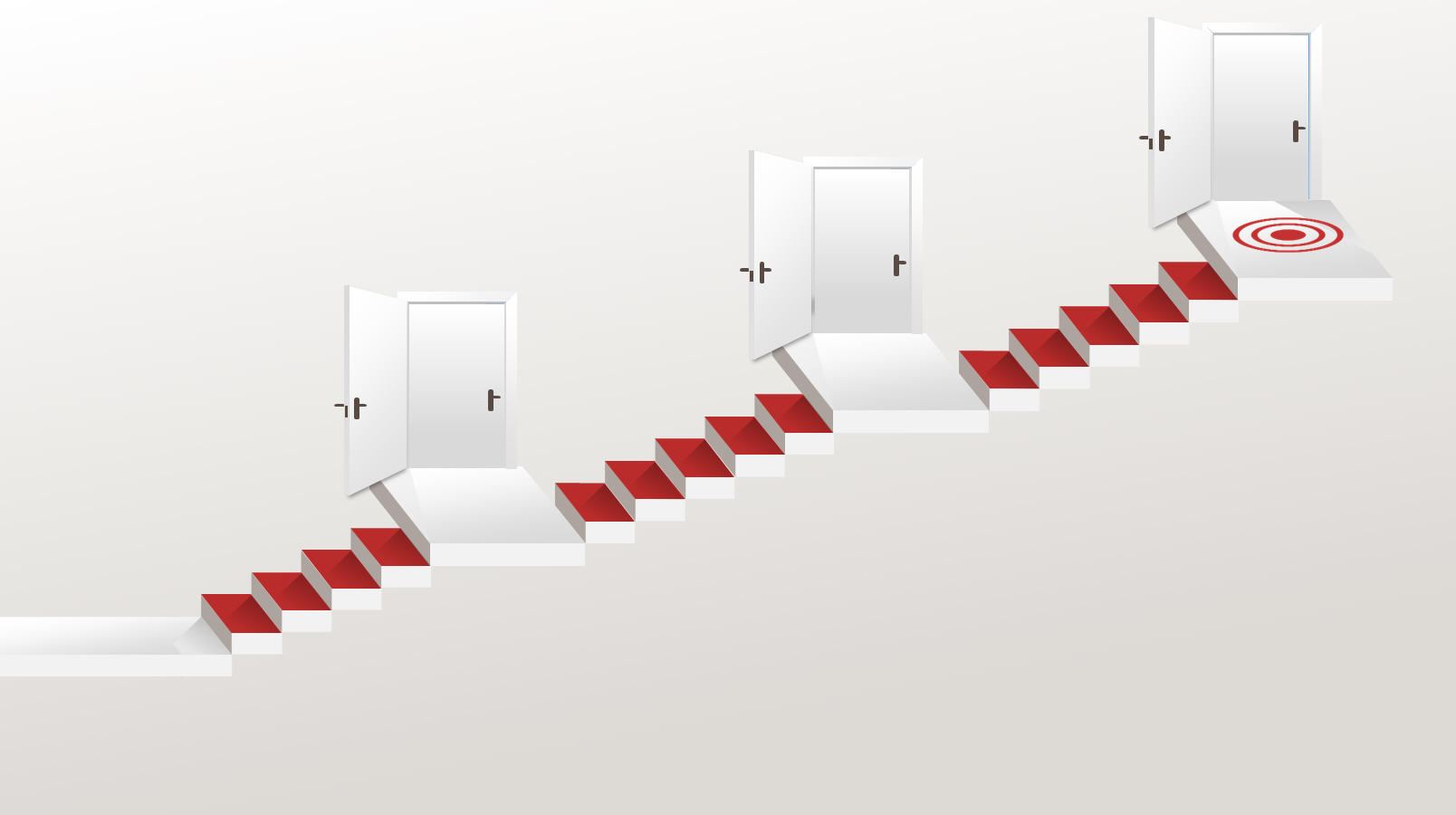Teamwork in an organisation, avoiding the upstairs-downstairs mentality
Teamwork is not only important within a team. All departments within an organisation need to be able to work together as one team in order to achieve the organisation’s common goal.
The upstairs, downstairs mentality as an obstruction to teamwork
In organisations people often unconsciously talk about people sitting upstairs and others working downstairs. Sometimes there’s an ulterior message behind the phrase ‘upstairs, downstairs’. It can mean a lot more than just a location.
Have you ever worked in a company where people are sent upstairs when ‘being told off’ ? And in organisations where the shop floor is downstairs, “How is downstairs responding to this?”
I have worked as a manager in organisations where ‘downstairs’ complained that ‘upstairs’ had privileges, thought highly of themselves, were bending the rules to their benefit and had absolutely no clue how the job needed to be done.
Upstairs people would sometimes make fun of the gossip told downstairs. They would minimise certain concerns and dismiss them with a wave of the hand.
It sounds like stereotyping, but truth be told that often management is sitting upstairs.
Is it still common practice to send someone who hasn’t been doing a good job ‘upstairs’?
Can we ever get rid of the ‘upstairs, downstairs’ mentality without moving everyone on the same floor? And it’s not just related to the staircase. It can easily be about people working ‘over the other side’. Perhaps you heard other examples?
In order for an organisation to achieve its ambition, interaction between staff from different units and departments is crucial. To achieve a common goal, everyone must work together.
To achieve this you must start with the team leaders, managers, supervisors, starting to work cross-departmental, setting an example for their own teams. Standards are set at the top and managers need to be good role models.
A good start to avoid an ‘upstairs-downstairs’ mentality could be creating more flexibility in the office space. This could mean mixing up people from different teams who are working on a shared project, learning from different departments.
What would the workplace look like if people didn’t feel boxed into defined units? Everyone feeling like a valued and equal member within the organisation?
Next time people in your organisation talk ‘upstairs and downstairs’ perhaps you may like to reflect for a moment on whether they are truly talking about the location or if there’s a hidden meaning.
Rigid boundaries between departments can encourage competitiveness within an organisation, distracting from the real competitors in the market.
What can you do to improve teamwork in your organisation?
-
- First of all ask yourself how open, honest and collaborative you are with your peers and the managers leading their own departments. If you maintain rigid boundaries with your peers and line managers, your team may follow your example. You act as a role model for your team. Have regular interdepartmental meetings and brief your peers on a regular basis on what your teams are working on. Get team members involved in these meetings, so they feel more committed.
- Reflect on how you can take down the mental barriers. Have open conversations with teams about this. Check if teams can be mixed up when working on projects to increase cross-departmental work and reduce working in silos.
- See what activities exist during working hours or even outside of work in which people can get to know each other better.
- The best way to find the root cause of the “upstairs, downstairs” mentality is to hire an external leadership or team coach to develop a plan of action to encourage a collaborative mindset.
Ultimately the best and most simple way to create high performing teams is to create more ways for people to get to know each other better.
The more interaction between teams creates mutual understanding, trust and respect for each other’s contributions toward the common goal of the organisation.

